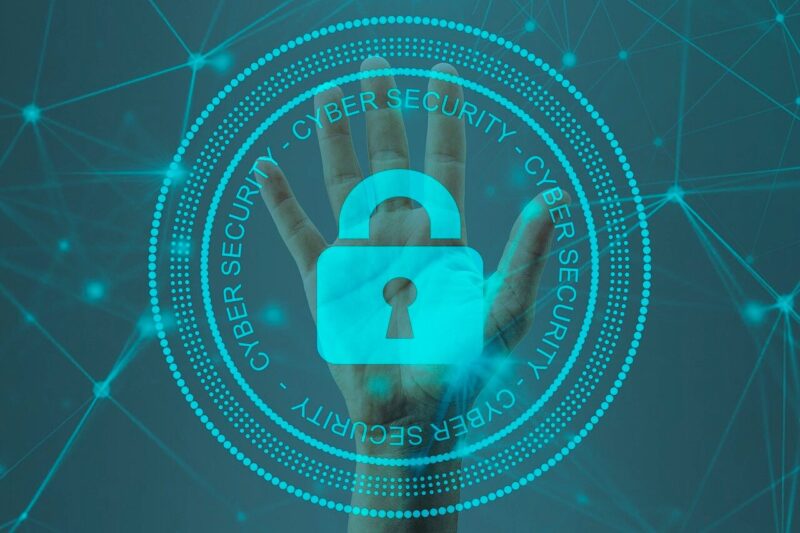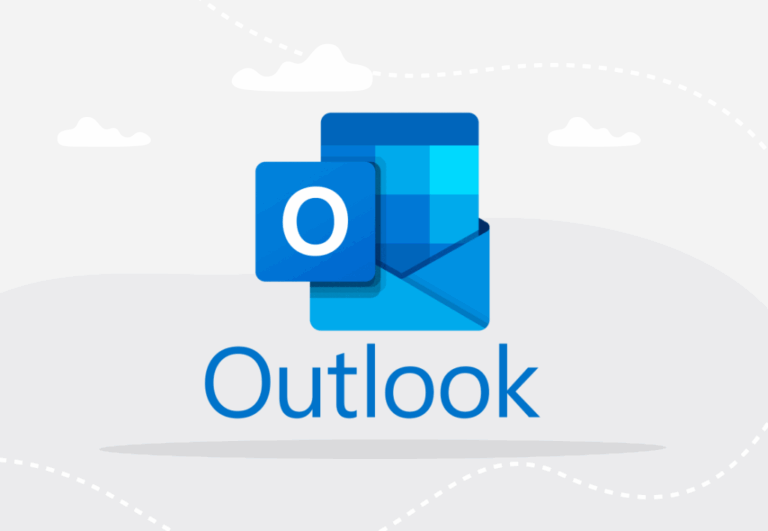In today’s rapidly evolving digital environment, cybersecurity stands as one of the top concerns for businesses, governments, and individuals alike. With cyberattacks increasing in frequency and sophistication, there is a growing need for intelligent, layered defense mechanisms. Among the emerging tools in the cybersecurity toolkit, geolocation is gaining traction for its ability to provide additional context, detect anomalies, and guide more proactive responses.
Whether identifying fraudulent logins, enforcing regional compliance, or flagging suspicious network behavior, geolocation provides critical insights that empower security teams to make better decisions. While often overlooked in conventional security conversations, the geographic dimension of digital activity can reveal patterns that IP addresses alone cannot.
To implement these capabilities effectively, organizations require access to accurate and up-to-date geospatial data. That’s where services like GeoPostcodes play a critical role—offering comprehensive global datasets that support location-based cybersecurity analysis.
What Is Geolocation in Cybersecurity?
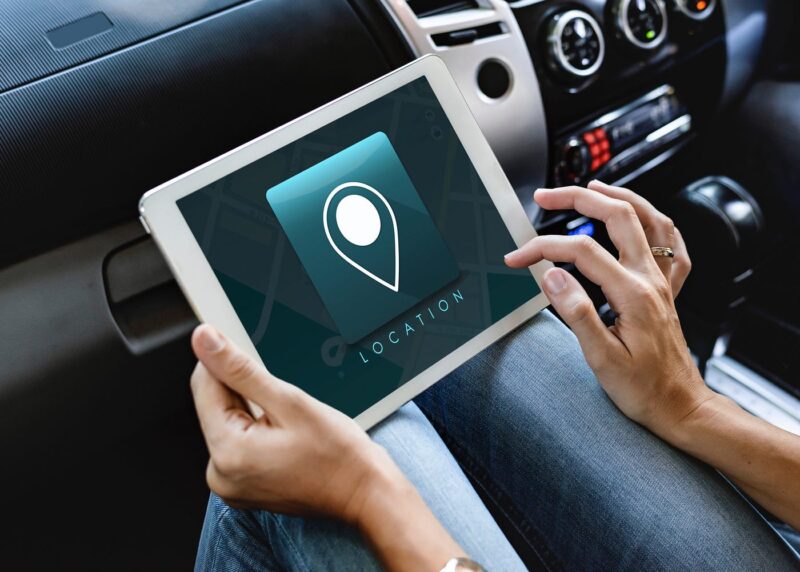
Geolocation is the process of determining the physical location of an internet-connected device. It can be derived from several indicators, including IP addresses, GPS data, cell tower signals, and Wi-Fi triangulation. In cybersecurity, geolocation helps determine where an access attempt or packet originated, which can reveal inconsistencies or support more advanced risk scoring.
For example, if a user whose login behavior is historically centered in Frankfurt suddenly accesses systems from a remote part of East Asia, that’s a signal worth investigating. Even if credentials are valid, the location mismatch raises the risk score, triggering additional authentication or a temporary account lock.
Geolocation adds an important layer of behavioral context. It’s not just what is being accessed, but where it’s being accessed from—and whether that matches expected patterns.
Practical Applications of Geolocation in Security Protocols
Let’s explore the specific ways geolocation is applied in real-world cybersecurity strategies:
1. Anomalous Login Detection
Many identity and access management (IAM) systems use geolocation to build a behavioral profile of users. Once a pattern is established, deviations are easier to spot. For instance:
- A login from Russia 10 minutes after one in New York is physically impossible.
- Multiple login attempts from high-risk regions may indicate a brute force attack.
These events can be flagged, blocked, or subjected to multi-factor authentication (MFA) based on geolocation data.
2. Geo-fencing and Access Control
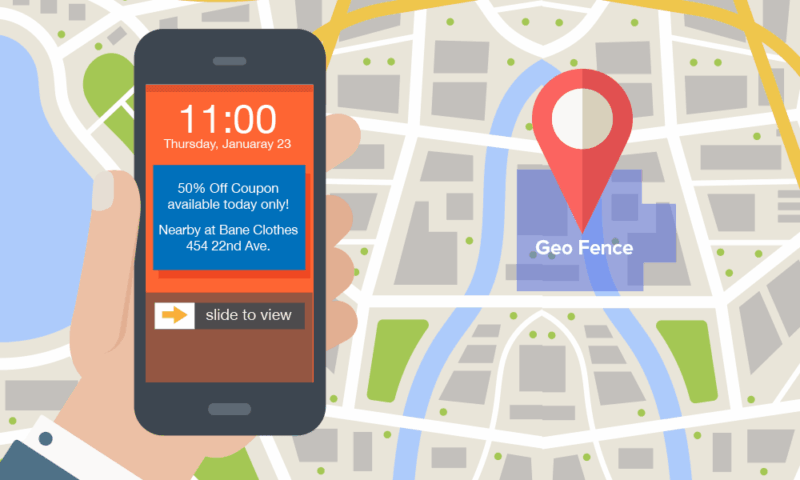
Organizations can restrict access to networks or services based on location. Known as geo-fencing, this technique enforces boundaries to prevent unauthorized access from certain regions. For example:
- A U.S.-based defense contractor may block all logins outside North America.
- A healthcare company may limit data access to users within HIPAA-compliant jurisdictions.
This isn’t just good security—it’s often necessary for compliance with international data protection laws.
3. DDoS Attack Mitigation
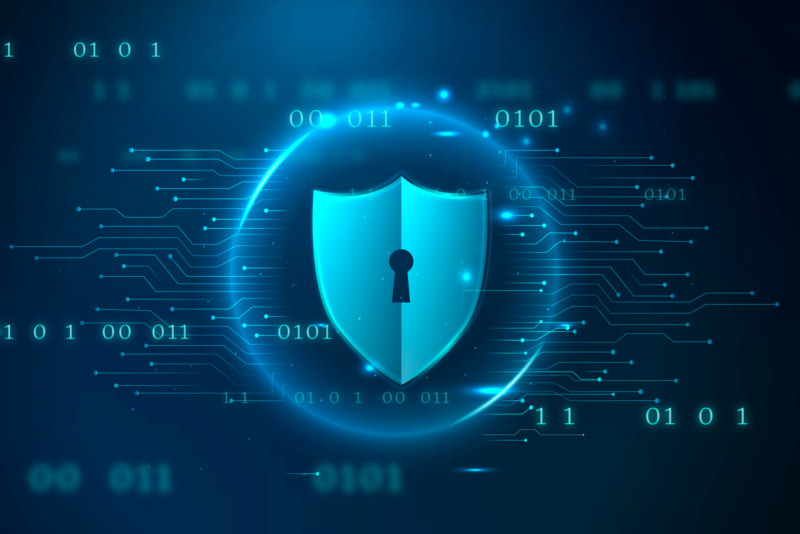
Distributed Denial of Service (DDoS) attacks often come from a wide range of geographic sources. By analyzing the IP addresses of incoming traffic and matching them to geolocations, cybersecurity teams can block or redirect traffic from suspicious regions.
In the case of an attack from a single country or continent, geo-blocking can instantly reduce the attack’s intensity without affecting legitimate users.
4. Phishing and Email Threat Detection

Phishing campaigns are increasingly location-targeted, using social engineering tactics aligned with regional concerns. Geolocation-based analysis helps detect and block phishing emails coming from areas where such activity is rampant.
Moreover, modern email security platforms often compare sender IP locations with domain registration and known historical phishing attempts, flagging inconsistencies for human review.
Compliance and Regulatory Requirements
Data localization and sovereignty laws are becoming more prominent worldwide. Regulations like:
- GDPR (EU)
- CCPA (California)
- PIPEDA (Canada)
- APPI (Japan)
all have strict rules regarding data collection, transmission, and storage. Geolocation helps companies enforce regional compliance through location-aware policies.
For instance, GDPR may require that user data not be transferred outside the EU. Geolocation helps monitor where access is initiated, where servers are located, and whether data flow is in line with legal requirements.
In some industries, like finance and healthcare, the regulatory landscape is even more complex. Failure to apply location-based restrictions could result in multi-million dollar penalties.
Importance of Accurate Location Data
Not all geolocation data is created equal. Using outdated or generalized databases can result in misclassification, false positives, or missed threats.
This is why services are valuable. They offer updated, high-resolution geodata that organizations can rely on for real-time decisions. Their datasets cover postal codes, cities, administrative regions, and time zones—giving cybersecurity teams a detailed and precise map of user behavior and access patterns.
Incorporating geolocation successfully means not only using the data but ensuring that the data source is trustworthy, global, and frequently refreshed.
The Challenge of IP Obfuscation
Cybercriminals know that geolocation can be used against them. That’s why they often use VPNs, proxy servers, or the TOR network to hide their true location.
This creates a new set of challenges:
- VPN detection: Systems must distinguish between legitimate and malicious VPN use.
- IP reputation analysis: Geolocation should be used in tandem with IP reputation scores.
- Behavioral correlation: If a user consistently uses a VPN, that becomes part of their pattern. But sudden VPN use may warrant scrutiny.
Smart security systems consider these context clues together—location, time, device fingerprinting, and behavioral anomalies—to create a robust risk assessment.
Integrating Geolocation with SIEM and SOAR Platforms
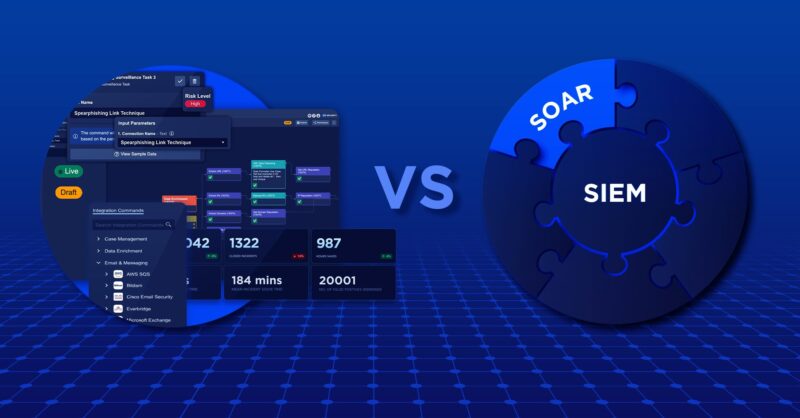
Security Information and Event Management (SIEM) and Security Orchestration, Automation and Response (SOAR) platforms benefit greatly from geolocation data.
By feeding geographic data into SIEM systems, analysts can:
- Create visual maps of attacks
- Identify hot zones for threats
- Monitor attack trends over time
SOAR platforms can then automate the response—blocking IP ranges, triggering alerts, and generating reports for compliance audits.
Authority Source Example:
A 2021 report by the U.S. Cybersecurity & Infrastructure Security Agency (CISA) emphasized the need for location-aware cybersecurity. The report documented several cases of advanced persistent threats (APTs) targeting U.S. infrastructure through international proxies and suggested geolocation as a valuable signal in risk profiling and response.
AI and Geolocation: The Next Evolution
Artificial Intelligence (AI) and Machine Learning (ML) are revolutionizing cybersecurity. When combined with geolocation data, AI-driven systems can learn to detect threats with extraordinary precision.
Examples include:
- Predicting attack origins based on historical geographic patterns
- Differentiating between real-time location and spoofed data
- Scoring user behavior based on geospatial and temporal consistency
As AI models are trained on more location-rich datasets, the potential for predictive cybersecurity grows significantly. Integrating services into the AI pipeline ensures that location signals are both reliable and granular.
Geolocation in Mobile Device Security
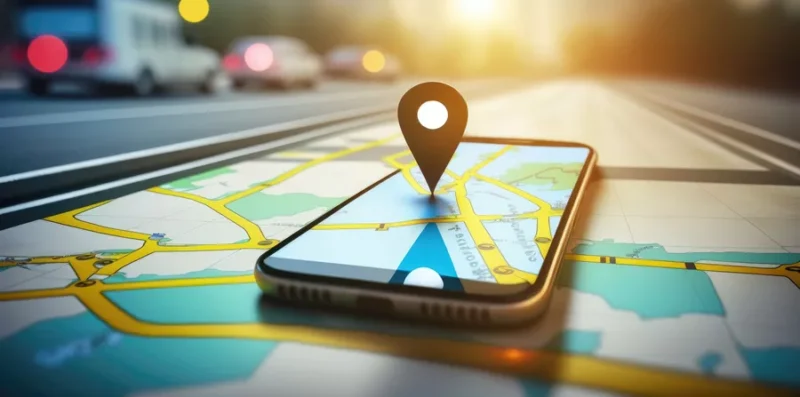
With mobile workforces and BYOD (Bring Your Own Device) policies, companies must secure endpoints across diverse locations. Mobile Device Management (MDM) platforms now incorporate geolocation to:
- Enforce policies (e.g., block access if outside the country)
- Remotely wipe data if a device enters a blacklisted region
- Monitor physical asset movement for compliance
This use case is especially important in industries handling sensitive data such as legal, healthcare, and government services.
Case Study: Financial Sector
Banks and payment platforms are leading adopters of geolocation-based security. Consider the example of a customer who always transacts in New York. A sudden $5,000 charge initiated in Nigeria? The system flags it instantly, texts the user, and freezes the transaction. Even with the right password, the context of the action doesn’t add up.
Fraud detection is vastly improved by adding geolocation to device ID, purchase history, and timing. It allows institutions to offer frictionless service to legitimate users while catching fraudsters mid-action.
The Road Ahead: Challenges and Best Practices
While the benefits are clear, organizations must tread carefully. Geolocation involves the collection of sensitive user data. Here’s how to manage it responsibly:
- Transparency: Notify users when location data is collected and how it will be used.
- Opt-in models: Use opt-in settings where possible to align with privacy regulations.
- Minimization: Collect only as much location data as needed.
- Security: Secure the geolocation datasets themselves from unauthorized access.
Implementing geolocation as part of your cybersecurity infrastructure requires a multidisciplinary approach: legal, technical, and ethical.
Geolocation is no longer a “nice-to-have” in cybersecurity—it’s quickly becoming a must-have. From detecting suspicious behavior to enforcing compliance and enabling real-time threat mitigation, geolocation enhances every stage of the cybersecurity lifecycle.
With sophisticated tools like GeoPostcodes providing the foundation, and AI systems learning from geographic patterns, we are entering a new era of location-aware digital defense.
In a world where attacks can come from anywhere, knowing where matters more than ever.
Related Posts:
- Why Online Casinos Need Stronger Cybersecurity…
- Cybersecurity in HR: How to Protect Employee Data in…
- How Jewelry Plays a Role in Holistic Wellness…
- The Role of Massage in a Healthy Lifestyle - How It…
- The Role of RNGs and Algorithms in Slot Machine Tech
- Cryptocurrency Wallets and Their Role in the NFT Market

